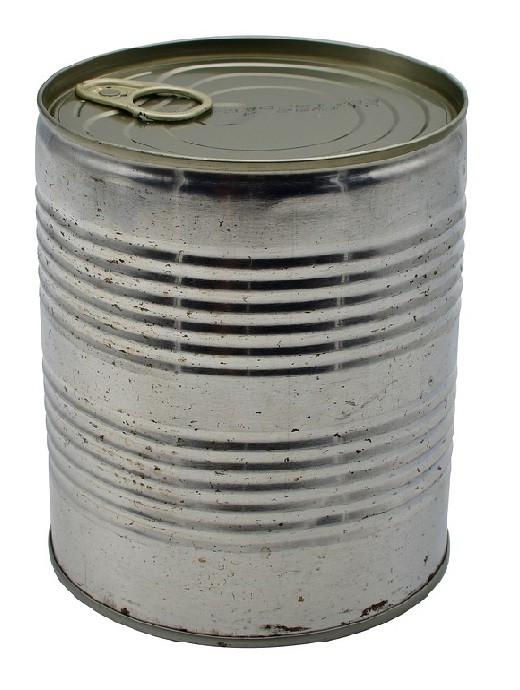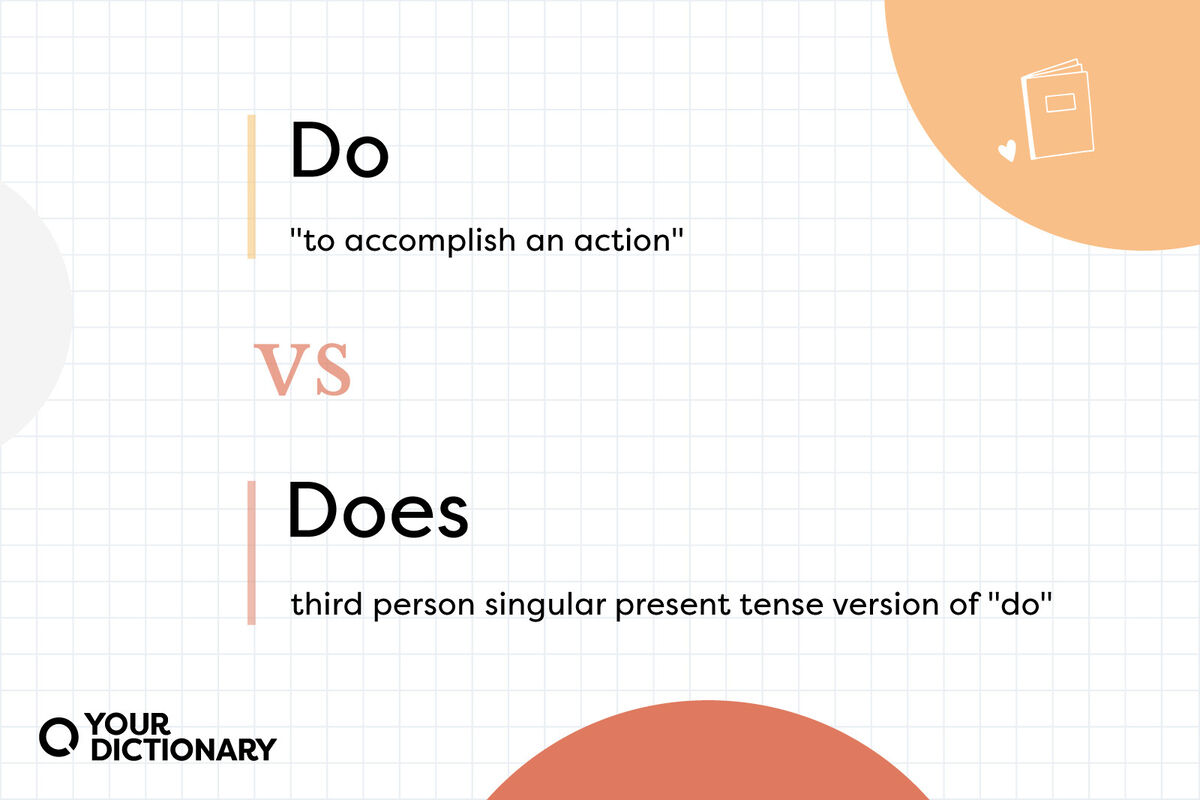DIY Hail Protection for Your Vehicle: Effective Methods to Prevent Damage
Understand the threat of hail damage to vehicles
Hailstorms can transform from a weather inconvenience to a financial nightmare in minutes. These frozen precipitation events cause billions in damage yearly across the United States, with vehicles being especially vulnerable targets. When hail strike, it can dent body panels, crack windshields, and eventide cause serious structural damage that affect your car’s value and performance.
The average hail damage repair cost range from $1,000 to $$5000, depend on severity. In extreme cases, repair bills can exceed $ $1000, and some vehicles are decdeclaredtal losses after significant hailstorms. With such high stakes, protect your vehicle become not exactly prudent but essential.
Assess your hail risk
Before invest time and resources into DIY hail protection, evaluate your actual risk level. The central United States, peculiarly states in” hail alley ” coColoradoneNebraskaand wyWyoming)experience the near frequent and severe hailstorms. Nonetheless, hail can occur near anyplace under the right atmospheric conditions.
Consider these factors when determine your hail protection need:
- Local hail frequency and typical hail size
- Parking options (garage access vs. Street parking )
- Weather warning systems in your area
- Seasonal hail patterns in your region
Quick response hail protection methods
When a hailstorm approaches with little warning, these rapid deployment solutions can help minimize damage:
Blankets and comforters
Thick bedding provide amazingly effective protection against small to medium hail. For best results:
- Layer multiple blankets or comforters for maximum cushioning
- Secure them with duct tape, bungee cords, or heavy objects along the edges
- Focus coverage on the near vulnerable areas: hood, roof, and trunk
While not ideal for prolonged or severe hailstorms, this method work swells for emergency situations when you’ve limited options.
Floor mats as emergency shields
Your car’s floor mats can serve as improvise hail guards in a pinch. Remove them from inside your vehicle and place them on the windshield, hood, or other vulnerable surfaces. Secure with your windshield wipers or weighted objects. This method work advantageously for light hail but provide some protection when alternatives aren’t available.
Move blankets and furniture pads
These thick, pad materials design for protect furniture during moves make excellent hail barriers. Their dense construction absorbs impact better than standard blankets. Many home improvement stores sell these for$100 30 each, make them an affordable option that store succinctly in your trunk or garage.
Planned DIY hail protection solutions
With advance preparation, you can create more robust hail protection systems:
The car cover upgrade
Standard car covers offer minimal hail protection, but you can enhance them importantly:
- Start with a waterproof, size appropriate car cover ($$50150 ))
- Add a layer of bubble wrap between your vehicle and the cover
- For maximum protection, insert foam camping pads or pool noodles under the cover at strategic points (roof, hood, trunk )
- Will secure everything with bungee cords or straps that won’t will scratch the paint
This system require about 15 20 minutes to deploy but provide substantial protection against most hailstorms.
The cardboard barrier method
Corrugated cardboard create an effective, free hail barrier when decently implement:

Source: vehq.com
- Collect large, sturdy cardboard boxes from appliance stores or recycling centers
- Break them down into flat panels
- Layer 2 3 sheets unitedly for strength
- Cut to fit your vehicle’s major surfaces
- Secure with duct tape, magnets, or bungee cords
While cardboard will finally become will waterlogged in heavy rain, it’ll provide excellent initial impact protection. For improved durability, spray the cardboard with waterproofing spray or cover it with plastic sheeting.
The pool noodle grid
This creative solution use inexpensive pool noodles to create a cushion barrier:
- Purchase 10 20 foam pool noodles ($$12 each ))
- Cut them to appropriate lengths to cover your vehicle
- Create a grid pattern by secure them unitedly with zip ties
- Place the grid over your car and secure with bungee cords
This method create air pockets that absorb hail impact while being lightweight and easy to store. The total cost typically run $20 40, make it one of the nearly economical solutions.
DIY hail car tent
For more comprehensive protection, consider build a temporary car shelter:
- Create a frame use PVC pipes (roughly $$3050 in materials ))
- Cover with heavy-duty tarp or canvas
- Add foam padding at contact points
- Secure to ground with stakes or weights
This solution require more initial investment and setup time but provide superior protection. The structure can be disassembled and store when not need.
Build a portable hail protection kit
Create a dedicated hail protection kit to keep in your vehicle or garage for quick deployment:
Essential components
- 2 3 move blankets or furniture pads
- 6 8 bungee cords of various lengths
- Roll of duct tape
- 4 6 small sandbags or other weights
- Waterproof storage bag
- Compact tarp (minimum 12′ x 20′ )
- Work gloves
This kit cost roughly $50 75 to assemble but provide peace of mind and quick response capability when threaten weather approaches.
Storage and maintenance
Keep your hail protection materials in good condition with these practices:
- Store fabric components wholly dry to prevent mildew
- Inspect bungee cord regularly for stretching or damage
- Replace duct tape yearly as adhesive deteriorate
- Practice deploy your system before emergency situations
Advanced DIY projects for hail protection
Foam padded car cover
This enhances protection system combine multiple materials:
- Purchase a standard car cover in your vehicle’s size
- Acquire 1″ thick foam padding from a craft or upholstery store
- Cut foam to match the dimensions of your car’s roof, hood, and trunk
- Attach foam to the inside of the car cover use fabric adhesive or sew it in place
- Add reinforce grommets around the edges for secure tie downs
This project require moderate sewing skills and roughly $100 150 in materials but create a ccustom-madefit hail protection system.
Inflatable hail protection
For those willing to invest more time and resources, an air cushion system offer superior protection:
- Purchase two tarps slimly larger than your vehicle
- Sew them unitedly around the edges, leave small gaps for inflation
- Create internal baffles to maintain shape when inflate
- Add a valve compatible with a shop vacuum or air pump
- Include tie down points around the perimeter
When deployed, inflate the cover to create a 3″ ” air cushion over your entire vehicle. While complex to build, this systemprovidese exceptional protection against eventide large hail.
Practical tips for hail protection success
Weather monitoring systems
The best protection start with advance warning. Set up weather alerts on your phone and consider these options:
- National weather service alerts (free )
- Weather radio with automatic alerts ($$2040 ))
- Specialized weather apps with hail forecasting
Many severe storms provide 15 30 minutes of warning time — enough to deploy basic protection if you’re prepared.
Parking strategies during hail season
Strategic parking can importantly reduce your hail risk:
- Identify covered parking options near your frequent destinations
- Research emergency shelter options like gas stations with large overhangs
- Consider temporary carport structures for home use ($$200500 ))
- Park closing to buildings that may provide partial protection
Material selection tips
Not all protective materials perform evenly:
- Density matter more than thickness for impact protection
- Waterproof outer layers prevent weight increase during storms
- Smooth surfaces reduce the risk of paint scratch
- UV resistant materials endure longsighted in outdoor storage
Test your DIY hail protection
Before trust your system in an actual storm, test its effectiveness:
- Drop various sized marbles or ball bearings onto your protection system from increase heights
- Check for impact transmission through the materials
- Test tie down methods with strong fans or leaf blowers to simulate wind
- Verify water resistance with a garden hose
These tests help identify weaknesses before their exexposeduring actual weather events.
Combine methods for maximum protection
For the best results, layer different protection techniques:
- Start with a foam or bubble wrap base layer flat on the vehicle
- Add a middle layer of blankets or move pads
- Finish with a waterproof outer shell
- Secure all layers severally to prevent shifting
This comprehensive approach addresses impact absorption, water protection, and wind resistance simultaneously.
When DIY isn’t enough: supplemental protection options
In regions with extreme hail risk, consider these additional measures:

Source: carinfohut.com
- Comprehensive auto insurance with specific hail coverage
- Portable garage structures ($$200800 ))
- Carport additions to your home ($$1000 5,000 ))
- Commercial hail protection products as a supplement to DIY methods
Remember that yet partial protection importantly reduce repair costs compare to no protection astatine wholly.
Final considerations for DIY hail protection
As you implement your hail protection strategy, keep these points in mind:
- Safety come firstly — ne’er attempt to cover your car during active lightning or extreme winds
- Practice your deployment method to reduce response time
- Consider the seasonal nature of hail risk in your region
- Evaluate the cost benefit ratio base on your vehicle’s value and local hail frequency
- Share resources with neighbors for more comprehensive community protection
With proper preparation and materials, DIY hail protection can save thousands in potential damage while use simple, accessible materials. The initial investment of time and resources pay significant dividends during the first avoid hail damage incident.



